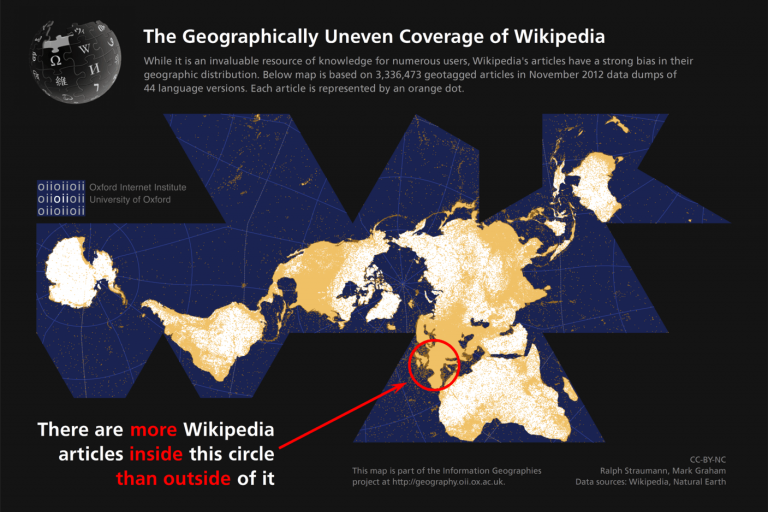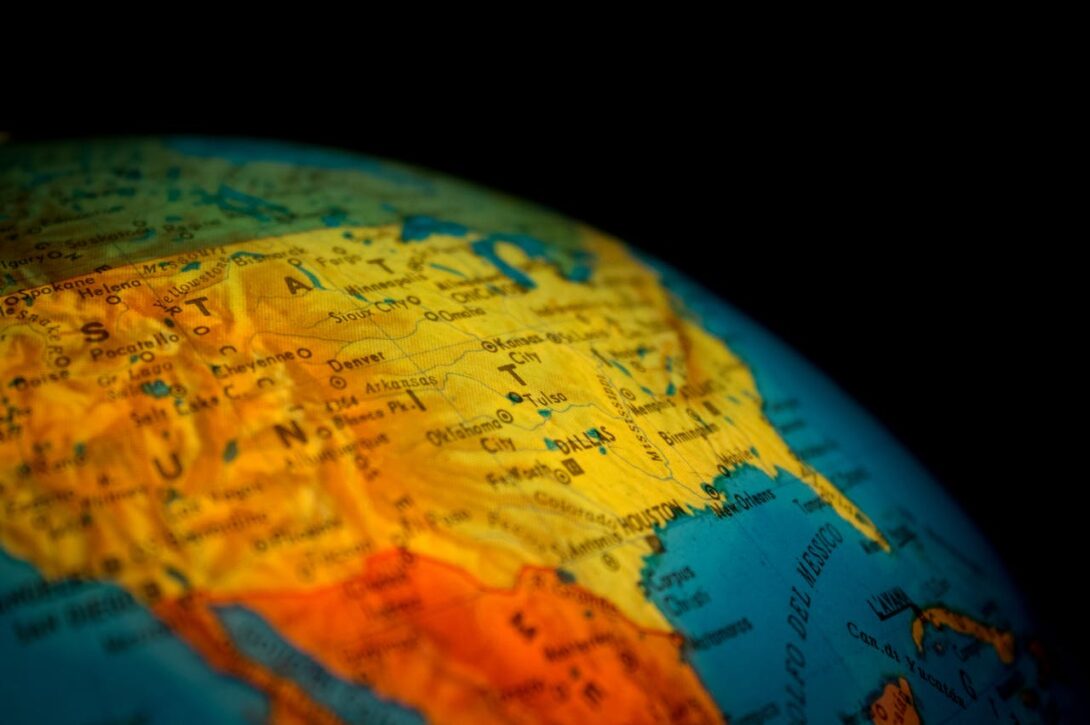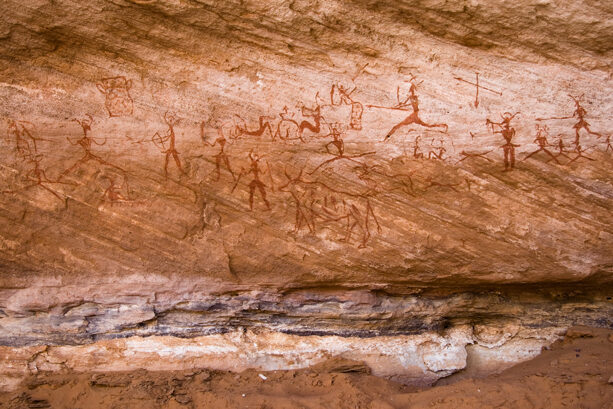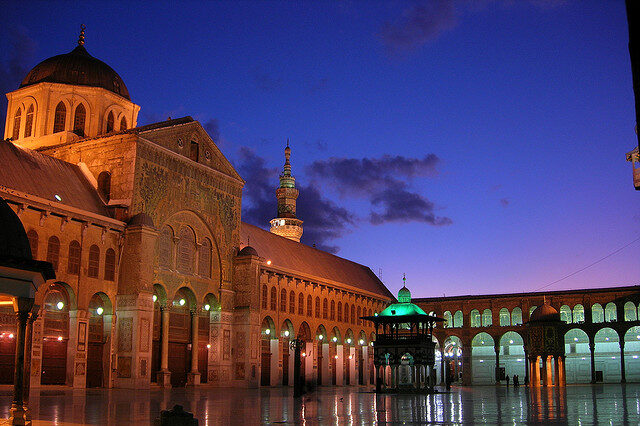Author: Mark Graham
News
- Articles from Policy & Internet
- Books
- Call for Papers
- Child Safety
- Collective Action
- Conferences
- Democracy
- Development
- Economics
- Education
- Environment
- Ethics
- Governance & Security
- Health
- Interviews
- Mapping
- Methods
- Policy
- Politics & Government
- Publications
- Social Data Science
- Submissions Closed
- Tools
- Video
- Wellbeing
-

New Report: Risks and Rewards of Online Gig Work at the Global Margins
—
in DevelopmentThe report poses questions for all stakeholders regarding how to improve the conditions and livelihoods…
-

What Impact is the Gig Economy Having on Development and Worker Livelihoods?
—
in DevelopmentReflecting on some of the key benefits and costs associated with these new digital regimes…
-

Broadband may be East Africa’s 21st century railway to the world
—
The excitement over the potentially transformative effects of the internet in low-income countries is nowhere…
-

Investigating virtual production networks in Sub-Saharan Africa and Southeast Asia
—
This mass connectivity has been one crucial ingredient for some significant changes in how work…
-

Why global contributions to Wikipedia are so unequal
—
in DevelopmentThe geography of knowledge has always been uneven. Some people and places have always been…
-

What explains the worldwide patterns in user-generated geographical content?
—
As geographic content and geospatial information becomes increasingly integral to our everyday lives, places that…
-

Geotagging reveals Wikipedia is not quite so equal after all
—
in DevelopmentWikipedia is often seen as a great equaliser. But it’s starting to look like global…
-

What is stopping greater representation of the MENA region?
—
Negotiating the wider politics of Wikipedia can be a daunting task, particularly when in it…
-

How well represented is the MENA region in Wikipedia?
—
There are more Wikipedia articles in English than Arabic about almost every Arabic speaking country…
-

The sum of (some) human knowledge: Wikipedia and representation in the Arab World
—
Arabic is one of the least represented major world languages on Wikipedia: few languages have…

